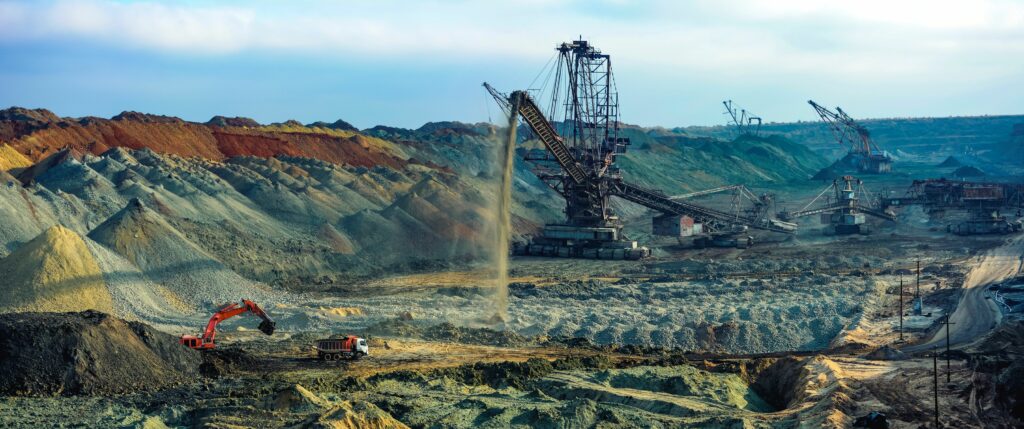Mining is regulated by the Department of Mineral Resources in terms of the Mineral and Petroleum Resources Act. However, DWS has a particular interest in mining’s negative impact on water as well as the vast quantities of water used in mining and beneficiation processes.
By Raquel Nosie Mazwi, director: Mine and Industrial Water Quality Regulation, Department of Water and Sanitation (DWS) Mining activity has and continues to be key to South Africa’s economic growth; however, it has also resulted in significant water quality challenges:- The Mpumalanga province is plagued by mine-impacted water polluting the streams, this could be attributed to ownerless mines. Additionally, pollution control works meant to manage mine-impacted waters are in a state of decay due to vandalism.
- The Gauteng province is faced with heavily polluted mine water due to pyrite that is associated with gold mining. The province is also faced with rising levels of mine-impacted water leading to decants.
- In the Kwa-Zulu Natal region, there are a lot of coal mines that are abandoned and left to decant.
- In Limpopo, especially in the Lephalale area, coal mining is prevalent mainly due to the production of electricity via coal-fired power stations. These coal fields are responsible for the production of mine-influenced water with a high sodium signature. The mines in the west and east of Limpopo impact the Olifants river catchment which is a tributary of the Limpopo River basin.


Policy principle 5: Promotion of sustainable mining development
Some mines have a lower environmental impact than other types of mines, and therefore authorisations should differ according to the mine classification. Some government departments have clashing mandates, and we are working on resolving that through intergovernmental committees. There is also the delineation of strategic water source areas. The Department is also exploring modelling to predict the future environmental impacts of mines. Policy principle 6: Environmental vigilance and continuous improvement This will be achieved through:- The prohibition of mining activity in water sensitive areas in-line with the National Water Act
- Adhere to conservation of Agricultural Resources Act
- National Water Act No 36 of 1998
- Hazardous Substances Act No. 15 of 1989
- Mineral and Petroleum Resources Development Act, No 28 of 2002 (MPRDA)
- National Environmental Management Act No 107 of 1998 (NEMA)
- National Environmental Management: Air Quality Act No.39 of 2004 (NEM: AQA)
- National Environmental Management: Biodiversity Act No 10 of 2004 (NEM:BA)
- National Environmental Management: Protection Areas Act No 57 of 2003 (NEM:PA)
- National Environmental Management : Waste Act No 59 of 2008 (NEM:WA)
- The National Water Act aims to protect, use, develop, conserve, manage and control water resources as a whole.
- Section 19 allows for a directive to be issued, and for remedial work to be done by the Department at cost of the water user.
- Chapter 3 allows for protection of the resource.
- Section 53 allows for a directive to be issued for remedial work to be done by the Department at cost of the water user and to seek appropriate relief from a competent court.
- Section151 stipulates the extent of an offence and premise for a sentence of not more than 5 years or a fine(1st offence).
- The Water Services Act aims to provide for the rights of access to basic water supply and basic sanitation; to provide for the setting of national standards and of norms and standards for tariffs; to provide for water services development plans.
- Department of Mineral Resources
- Department of Environmental Affairs
- Department of Water and Sanitation







